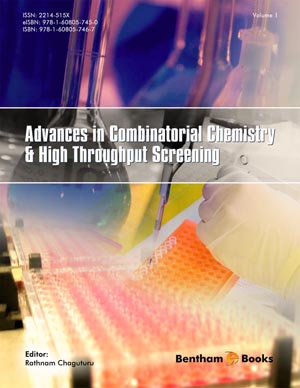Abstract
Symptoms associated with menopause can greatly affect the quality of life for women. Botanical dietary supplements have been viewed by the public as safe and effective despite a lack of evidence indicating an urgent necessity to standardize these supplements chemically and biologically. Seventeen plants were evaluated for estrogenic biological activity using standard assays: competitive estrogen receptor (ER) binding assay for both alpha and beta subtypes, transient transfection of the estrogen response element (ERE) luciferase plasmid into MCF-7 cells expressing either ER alpha or ER beta, and the Ishikawa alkaline phosphatase induction assay for both estrogenic and antiestrogenic activities. Based on the combination of data pooled from these assays, the following was determined: a) a high rate of false positive activity for the competitive binding assays, b) some extracts had estrogenic activity despite a lack of ability to bind the ER, c) one extract exhibited selective estrogen receptor modulator (SERM) activity, and d) several extracts show additive/synergistic activity. Taken together, these data indicate a need to reprioritize the order in which the bioassays are performed for maximal efficiency of programs using bioassay-guided fractionation. In addition, possible explanations for the conflicts in the literature over the estrogenicity of Cimicifuga racemosa (black cohosh) are suggested.
Keywords: Botanicals, estrogen, dietary supplements, menopause, selective estrogen receptor modulators.






















